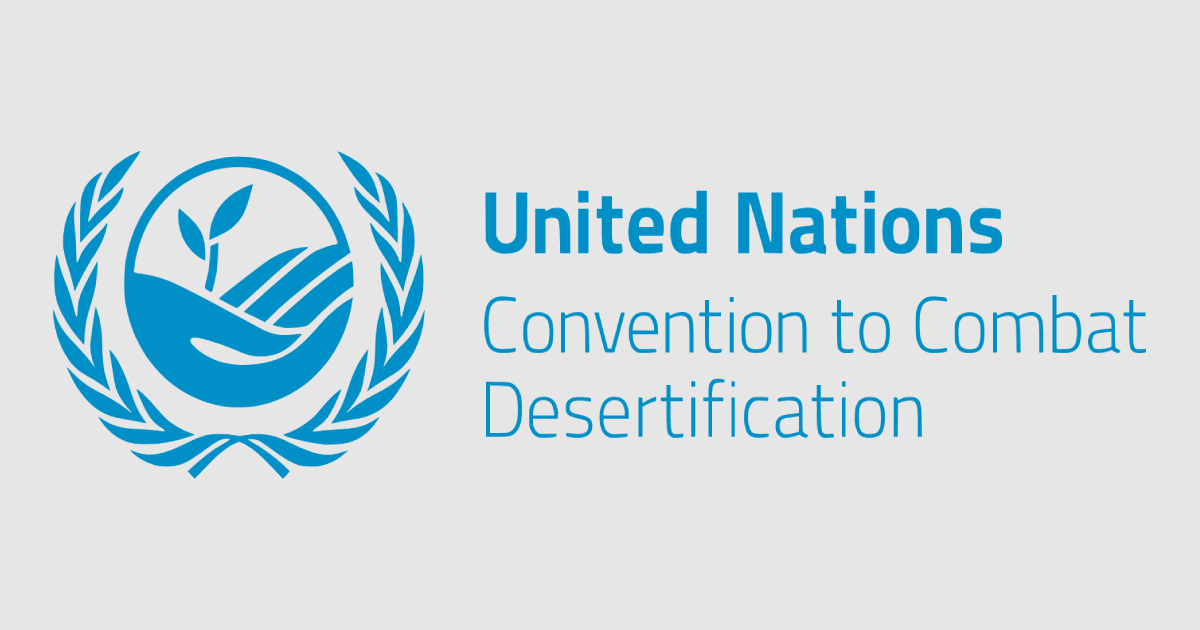
On November 13, within the framework of the 21st session of the UN Convention Review Conference (CRIC-21), a press briefing was held featuring the Chief Scientist of the UN Convention to Combat Desertification, Barron Orr, and Olga Andreeva, a staff member of the Science, Technology, and Innovation Department.
The event discussed newly released open data presented at the first meeting of the UN Convention to Combat Desertification (UNCCD) in Central Asia, which highlighted the rapid degradation of land in the region and worldwide.
Between 2015 and 2019, annual losses of healthy and productive land amounted to no less than 100 million hectares. In total, this corresponds to 420 million hectares or 4.2 million square kilometers, which exceeds the combined area of five Central Asian countries: Kazakhstan, Kyrgyzstan, Tajikistan, Turkmenistan, and Uzbekistan. This statistics underscores the need for urgent action as advancing land degradation continues to destabilize markets, communities, and ecosystems worldwide.
According to the latest UN data, over 20% of the total land area in Central Asia is subject to degradation, equivalent to approximately 80 million hectares, which is nearly four times the size of Kyrgyzstan. This situation affects approximately 30% of the region's population.
Ahead of the meeting of world leaders and experts in Samarkand during the 21st session of the UN Convention to Combat Desertification's Committee for the Review of the Implementation of the Convention (CRIC 21), the UNCCD Data Portal was launched. For the first time, official data from 126 countries are available to the public, allowing users to examine land change trends in their respective regions.
"The first-ever UNCCD Data Portal provides a visual representation of the rapid loss of healthy and productive land worldwide, which has severe consequences for billions of people. At the same time, we see some bright examples of countries effectively combating desertification, land degradation, and drought. This week, we have gathered in Uzbekistan to analyze global progress towards halting land loss, and our call is clear: land degradation requires urgent attention," said Ibrahim Thiaw, Executive Secretary of the UNCCD.
More than one-fifth of the land in Central Asia is degrading, according to new UN data.
• Land is degrading faster than we can restore it, according to new UN data.
• The amount of healthy and productive land degraded worldwide since 2015 is comparable to the size of Central Asia.
• The UNCCD event in Uzbekistan discusses global progress in halting land loss.
Bright examples of land restoration
Despite the overall challenging situation globally, there are examples of countries effectively combating desertification, land degradation, and drought.
While Uzbekistan has the highest proportion of degraded land in Central Asia, it has significantly reduced from 30% to 26% compared to 2015. A total of 3 million hectares of land in Uzbekistan have been degraded as a result of the drying of the Aral Sea. From 2018 to 2022, 1.6 million hectares of land were afforested with saxaul to mitigate salt and dust emissions from the dried-out Aral Sea bed.
In Kazakhstan, the area of irrigated land has increased by 40%, reaching 2 million hectares. In Kyrgyzstan, sustainable land management practices, including rotational grazing systems, are applied on approximately 120,000 hectares of pasture and forest areas. Turkmenistan has committed to restoring 160,000 hectares of land by 2025 as part of the national initiative "Greening the Desert."
Achieving a neutral land degradation balance (NLDB) is still possible.
Although the situation with land degradation varies in different regions, UNCCD data suggests that maintaining the current trend would require restoring 1.5 billion hectares of degraded land worldwide by 2030 to achieve the Sustainable Development Goals (SDGs).
"While global trends are moving in an unfavorable direction, it is still possible not only to achieve but also to exceed the goals of achieving a neutral land degradation balance. This can be achieved by halting further degradation and accelerating the implementation of existing commitments to restore one billion hectares of land by 2030 if financing and actions go hand in hand," said Barron Orr, the Chief Scientist of the UNCCD.
A total of $5 billion has been invested in financing global efforts to combat desertification, land degradation, and drought, both at bilateral and multilateral levels. This has enabled 124 countries to implement a significant number of projects aimed at addressing these issues.
All Central Asian countries have joined the UNCCD program for setting targets to achieve a neutral land degradation balance, bringing the total number of participating countries to 131. Half of the targets set by Central Asian countries have already been achieved, and projects to fulfill the remaining commitments are currently being implemented.











